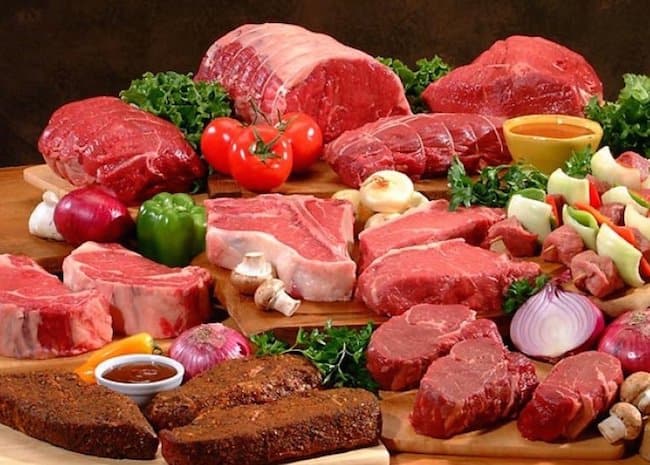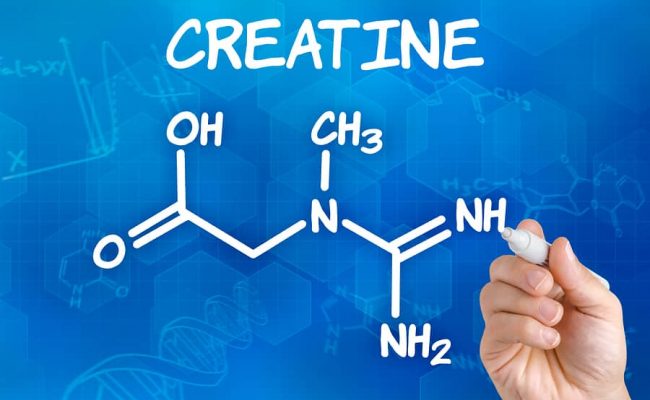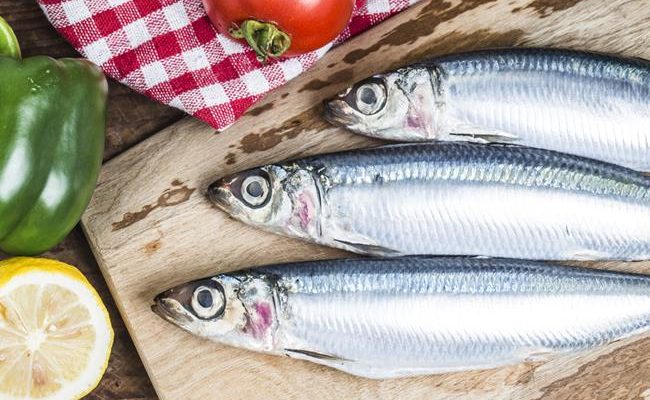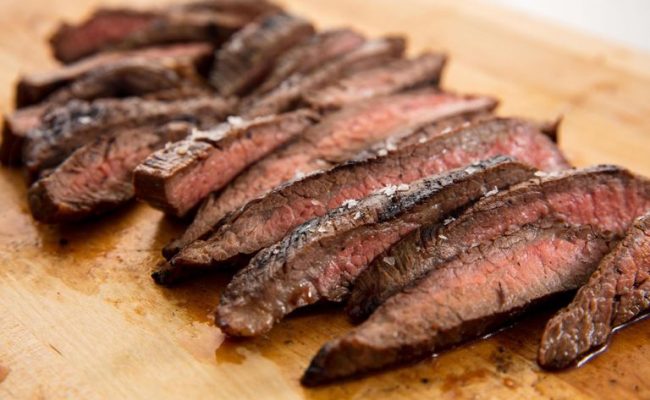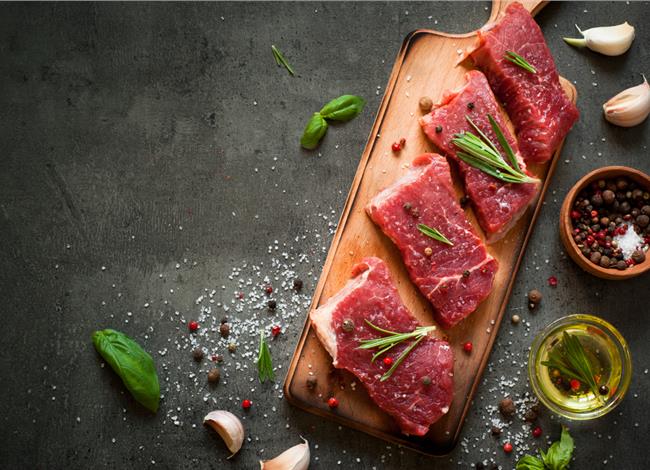
Beef or any other animal meats are some of the best dietary sources of protein. Animal foods contain all nine essential amino acids. Amino acids are the building blocks of protein, and we have to get the essential amino acids from the diet because they body can’t make them.
Plants can provide essential amino acids too, you just have to make sure you are eating a variety of plant sources to get adequate amounts of all of them.
When we eat foods with protein, the body breaks these proteins back down into individual amino acids.
Once these amino acids are absorbed, the body uses these amino acids to make new proteins where needed.
A standard three ounce serving of beef can provide about 22 grams of protein which is equal to about 44% DV.
Eating adequate protein may be helpful for weight regulation because high protein foods can help increase satiety after eating.
Some research also suggests getting adequate protein as an adult into elderly years may help preserve lean muscle mass.
Before you start piling on the beef at every meal, keep in mind there is research to suggest limiting intake of red meat, especially processed red meat, may be advantageous for health.
Protein amount in beef
Adults should get between 10-35% of daily calories from protein.
Most people in developed countries have no problem meeting recommended protein intakes because high protein foods, like beef, are commonly consumed.
The body uses dietary protein to make proteins found in not just muscle cells but in almost every tissue in the body (1).
Proteins are also important for making enzymes that regulate numerous body functions.
A three ounce serving of beef provides about 22 grams of protein or about 44% DV for protein.
If you eat beef at a restaurant, you are probably going to consume more than 3 ounces of beef because servings are larger than the standard 3 ounce size.
The protein in beef is considered a high-quality protein because beef, like other animal proteins, provides all essential amino acids.
Other good protein sources
A 3 ounce serving of poultry, pork or seafood will provide similar amounts of protein compared to beef. Eggs provide about 7 grams each.
A cup of plain milk or yogurt can provide around 8 grams of protein.
Any other dairy foods like cottage cheese, whey or Greek yogurt are also considered good sources of protein.
If you are looking for vegetarian foods high in protein, tofu or tempeh are some of the highest plant protein foods.
Other high protein vegetarian foods include: quinoa, hemp, chia seeds, nuts and legumes.
Controversy with red meat intake
According to research from Harvard School of Public Health (2), eating even small amounts of red meat over time may increase risk of heart disease, stroke and even increasing overall mortality.
The concern is strongest with processed red meat which can include: hot dogs, sausage, bologna, pepperoni, etc.
Replacing red meat with other protein sources like fish, poultry or legumes may help lower risk.
Eating red meat may also increase risk for type 2 diabetes (3).
People who increased their red meat intake by 3.5 servings of red meat per week had a 50% increased risk for type 2 diabetes after 4 years.
On the other hand, people who lowered their intake of red meat showed a lowered risk of type 2 diabetes over 4 years.
Finally, there may be a link between red meat intake and cancer risk. Harvard Health suggests some data from research indicates there may be a link between red meat intake and colon or breast cancer risk.
Because of these potential concerns with red and processed red meat intake, many health organizations recommend to limit red meat consumption.
If you eat red meat, make it an occasional food instead of a food staple in your diet.
Consider replacing red meat with other protein sources like: seafood, poultry, nuts or legumes.
Protein and weight loss
High protein foods can be popular for people wanting to lose weight because protein has a high satiety value.
This means high protein foods can help keep you feeling full long after you eat them.
However, this doesn’t mean eating a lot of beef will translate to weight loss.
Research from Harvard Health (4) with data from over 120,000 men and women found those who higher amounts of red and processed red meat gained more weight.
However, those who ate higher amounts of nuts gained less weight. Some research also suggests eating plant based protein sources may help with weight regulation.
Why would this research show those who ate higher amounts of red meat have a higher risk of weight gain while those who ate more nuts had less weight gain?
It may be due to what the rest of their diet looked like. People who consume a higher intake of processed red meat may not be eating high amounts of fruits, vegetables and whole grains.
People who had the higher nut intake may be more prone to eat more fruits, vegetables and whole grains.
Conclusion: Beef protein
Dietary protein is needed for building proteins used by almost all tissues in the body.
Proteins are also used to make enzymes that regulate body functions.
Eating foods higher in protein may also be advantageous for weight loss because protein keeps you feeling full.
However, research looking at red meat intake suggests eating higher amounts of red meat may increase risk for weight gain.
Beef is one of the best sources of protein as well as being a good source of iron and B vitamins.
However, there is some research to suggest eating red meat, especially processed red meat, may increase risk for heart disease, certain cancers, stroke or type 2 diabetes.
Many health organizations suggest replacing red meat with other protein choices like: seafood, poultry, legumes or nuts.
If you choose to eat beef, choose leaner cuts of beef and make beef an occasional food. Substituting other protein foods in place of red meats may be recommended for lowering risk for chronic diseases.

